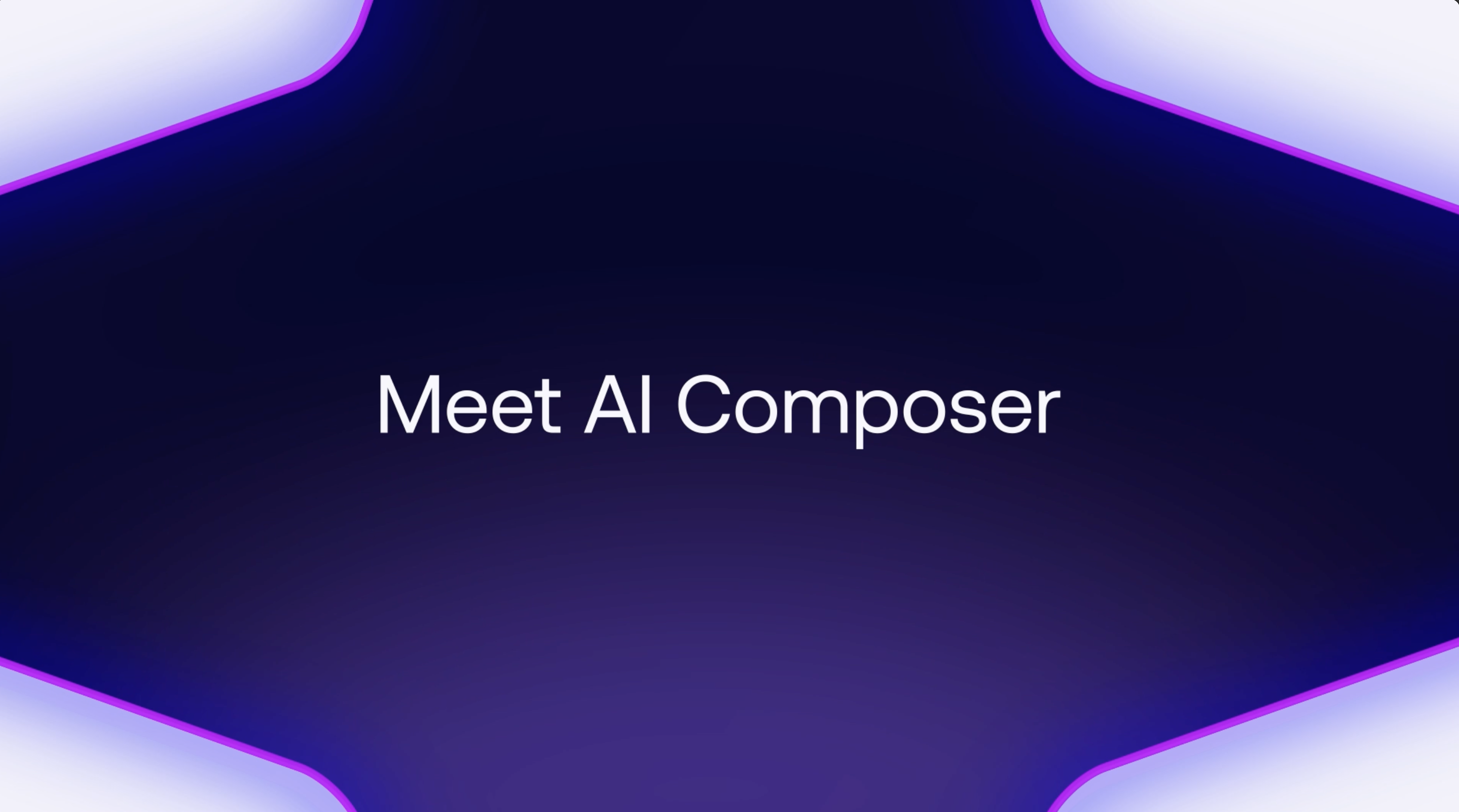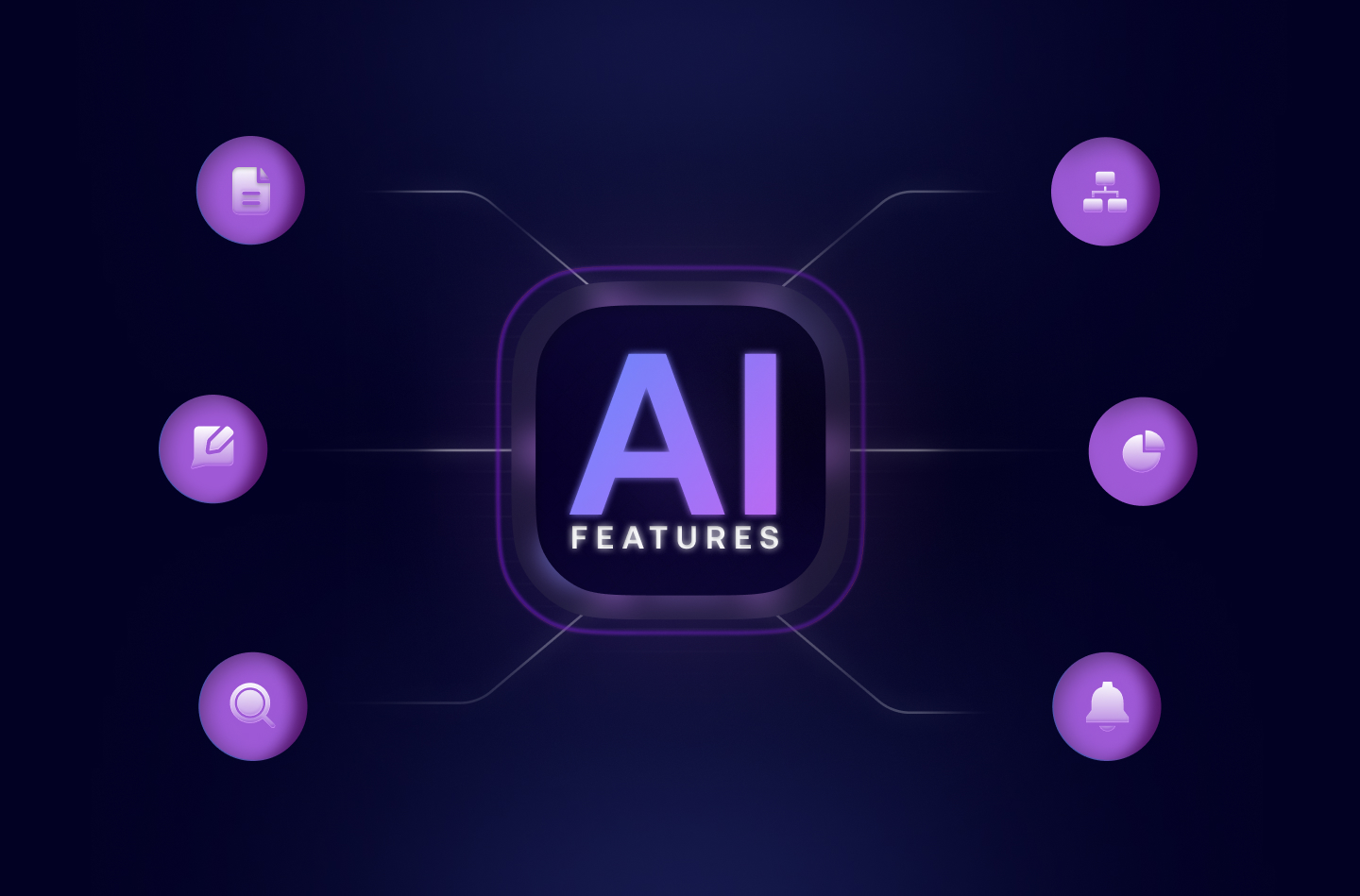At a glance:
- See how AI is reshaping the way revenue teams sell, onboard and retain customers.
- Explore real use cases from Digital Sales Rooms powered by AI Composer, SparkAI, semantic search and engagement insights.
- Learn how sales, CS and enablement teams use AI to shorten deal cycles and increase conversion.
- Discover measurable ROI from AI automation and buyer-focused intelligence.
- Trumpet brings these outcomes to life across every stage of the buyer journey.
AI is everywhere in B2B sales, but few teams are using it where it truly counts. In Digital Sales Rooms, AI has moved past being a buzzword. It’s now a real driver of revenue outcomes, helping sellers personalise faster, buyers decide quicker and leaders understand what actually moves a deal.
In our previous posts, we broke down what an AI-powered Digital Sales Room is, how AI improves the buyer experience, and the key AI features to look for in a Digital Sales Room.
Now it’s time to look at how those features perform in real-world scenarios and what measurable ROI they deliver.
AI for personalisation at scale
Features in focus: Auto-brand personalisation, AI Composer
Teams: SDRs and Account Executives
Personalisation used to mean manual effort. Custom decks. Rewritten emails. Endless revisions.
Now, AI does the heavy lifting. With auto-brand personalisation, sellers can create fully branded Pods in seconds. Logos, colour pallets and company/buyer names are applied automatically, meaning every prospect sees content that looks and feels like their company.
Then, using AI Composer, sellers can generate follow-up documents, business cases or onboarding outlines in minutes, using notes from the call or CRM data. The result is a personalised, professional room that feels like it was built just for that buyer.
It’s perfect for account-based selling where each interaction needs to feel one-to-one but scale across multiple accounts.
Outcome: faster Pod creation, higher engagement and more responses from key stakeholders.
AI for smarter post-call follow-ups
Features in focus: AI Composer, SparkAI
Teams: Account Executives
The post-call follow-up can make or break momentum. Too slow and the deal cools. Too rushed and it feels generic.
AI Composer helps AEs write structured follow-ups and proposals without starting from a blank page. Add a few notes, select a document type, and AI builds a clean, tailored asset.
Then SparkAI steps in. The Ask AI toolbar helps sellers rewrite for tone or persona, craft concise executive summaries or simplify technical language. It’s an in-room assistant designed for real sales workflows.
Combined, these tools make every follow-up faster, sharper and more aligned to the buyer’s needs.
Perfect for post-call follow-ups where timing and clarity decide who stays top of mind.
Outcome: stronger alignment, quicker next steps and shorter deal cycles.
AI for customer onboarding and success
Features in focus: AI Org Chart Builder, AI Composer
Teams: Customer Success
Once a deal closes, the real work begins. Customer success teams use AI to streamline onboarding and ensure every stakeholder stays engaged.
The AI Org Chart Builder automatically maps who’s involved and how they’re engaging. It highlights champions, blockers and influencers in one visual snapshot.
AI Composer then helps CSMs build structured onboarding plans or client summaries without switching tools. Everything sits inside the Pod, so updates and documents are shared instantly with the customer.
The result is a smoother, more transparent onboarding process that feels organised and personalised from day one.
Outcome: shorter onboarding cycles, faster adoption and stronger long-term retention.
Explore the full customer onboarding use case.
AI for deal coaching and pipeline visibility
Features in focus: AI Engagement Insights, Deal Health Scoring
Teams: Sales Leaders, RevOps
Understanding deal momentum is often a guessing game. AI changes that.
Engagement Insights track how buyers interact with each Pod, how often they visit, what they view, who’s involved and how engagement evolves.
Deal Health Scoring turns this data into simple, actionable insights. Sales leaders see which opportunities are at risk and which are heating up. Reps know where to focus next.
RevOps teams can use these same insights for forecasting and enablement. Instead of relying on gut feel, they have live visibility into real buyer activity.
Outcome: better pipeline accuracy, data-driven coaching and fewer deals slipping through the cracks.
Read more about revenue intelligence in Digital Sales Rooms.
AI for content management and enablement
Features in focus: AI Semantic Search, Auto-tagging
Teams: Sales Enablement and Marketing
AI keeps content structured, searchable and relevant. The content management system uses semantic search so users can find assets by asking natural questions like “enterprise pricing guide” or “manufacturing case study”.
AI also auto-tags new content, understanding context and adding the right metadata automatically. It means sellers always work from the latest, most relevant materials, and marketing teams can track what’s actually being used in deals.
Outcome: less time searching for content, more time selling.
ROI and outcomes of AI-powered selling
When AI is applied across the sales journey, results compound.
- Time saved: hours reclaimed from manual admin, content creation and follow-up.
- Higher engagement: more buyer activity tracked through AI Insights.
- Shorter cycles: faster responses and clearer next steps drive momentum.
- Improved retention: onboarding and CS teams stay proactive, not reactive.
- Better visibility: leaders see what’s working in real time, without chasing reports.
Across trumpet’s customer base, AI inside Digital Sales Rooms isn’t replacing sellers. It’s amplifying them.
Conclusion: from features to impact
We’ve already explored what an AI-powered Digital Sales Room is, how AI improves the buyer experience, and the key AI features to look for in a Digital Sales Room.
This post shows what happens when those features come together.
AI turns every Pod into a connected, intelligent workspace that gives sellers focus and buyers clarity.
That’s not hype. It’s measurable impact.
Explore trumpet’s AI suite to see how these capabilities drive results across sales, success and enablement.

.svg)
.svg)
.svg)
.svg)
.svg)
.svg)
.svg)
.svg)
.svg)
.png)
.svg)
.svg)
.svg)
.svg)

.svg)
.svg)
%201.svg)
.svg)
%201.svg)



.svg)




..jpg)
.png)












![How to Get Started with Buyer Enablement [With Examples]](https://cdn.prod.website-files.com/65cf4fecbed2754c2236665d/65cf4fecbed2754c22366bdb_65a5af83e742f76e34ce06f3_Customer%2520Onboarding%2520_%2520Everything%2520you%2520need%2520(2).png)
.png)



.png)



.png)












.png)


.png)


.png)
.png)







